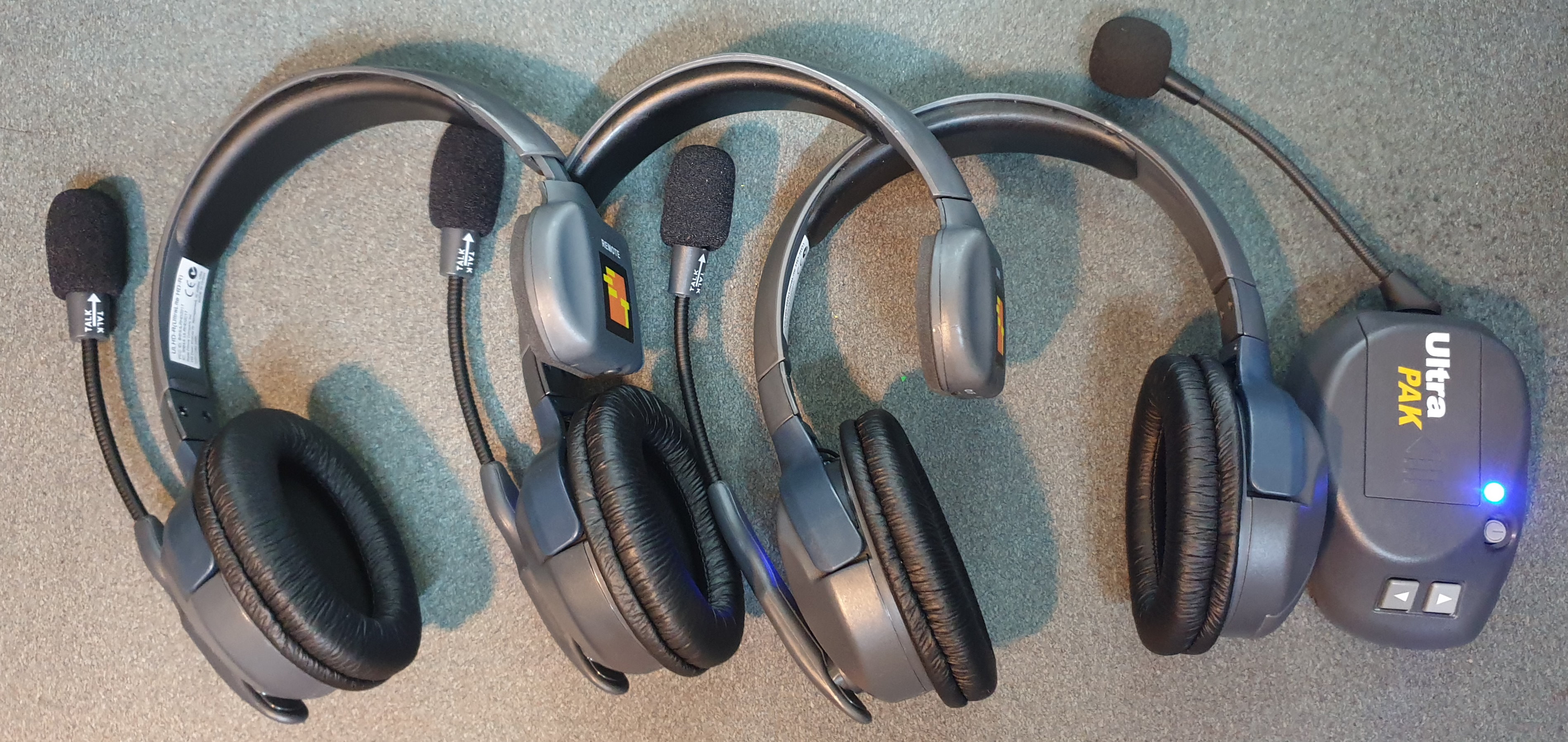You know what I hate? Proprietary sized and shapes batteries.
Okay not really - but what I do hate is when manufacturers set exorbitant prices on the batteries; because you can’t get them anywhere else.
Take the Eartec UltraLITE battery. For a listed US$22 (AU$31) it’s still ‘okay’ priced, however in reality these batteries sell for AU$50 locally in Australia. B&H (America) also sells them US$22 (AU$31) - but because shipping restrictions prevent batteries from being transported… I’m forced to spend AU$50.
Buying one, sure…
…I need eight.
That’s $400 on batteries, and what’s frustrating is that at the end of the day they’re just a 3.7V LiPo battery with a measly capacity of 800 mAh.
Remember back when Nokia phones were all the rage…? You could buy a generic replacement battery with over 1 Ah capacity for only around AU$10!
Generic Batteries
It was very fortunate that I found a seller who stocked third party (Cameron Sino) versions of these proprietary Eartec batteries. At a price tag of only AU$20, and a capacity of 810 mAh - I’m glad I stumbled upon these.
EDIT: Oh and a fun fact, it’s actually an 860 mAh LiPo inside!


DC Battery Coupling
Following on from my previous Eartec post, I wanted a solution to power my Eartec UltraPAK via a power supply - whether that be a DC barrel jack, or perhaps by USB. Whilst the electronics side was straight forwards (i.e. throw a buck converter in and call it a day) - I needed a rugged solution to physically supply the electricity to the device’s contacts. The best way to fit the battery-sized compartment was with a battery! Hence I decided to purchase a bunch of the generic batteries, of which I was to modify and convert into a dummy battery.
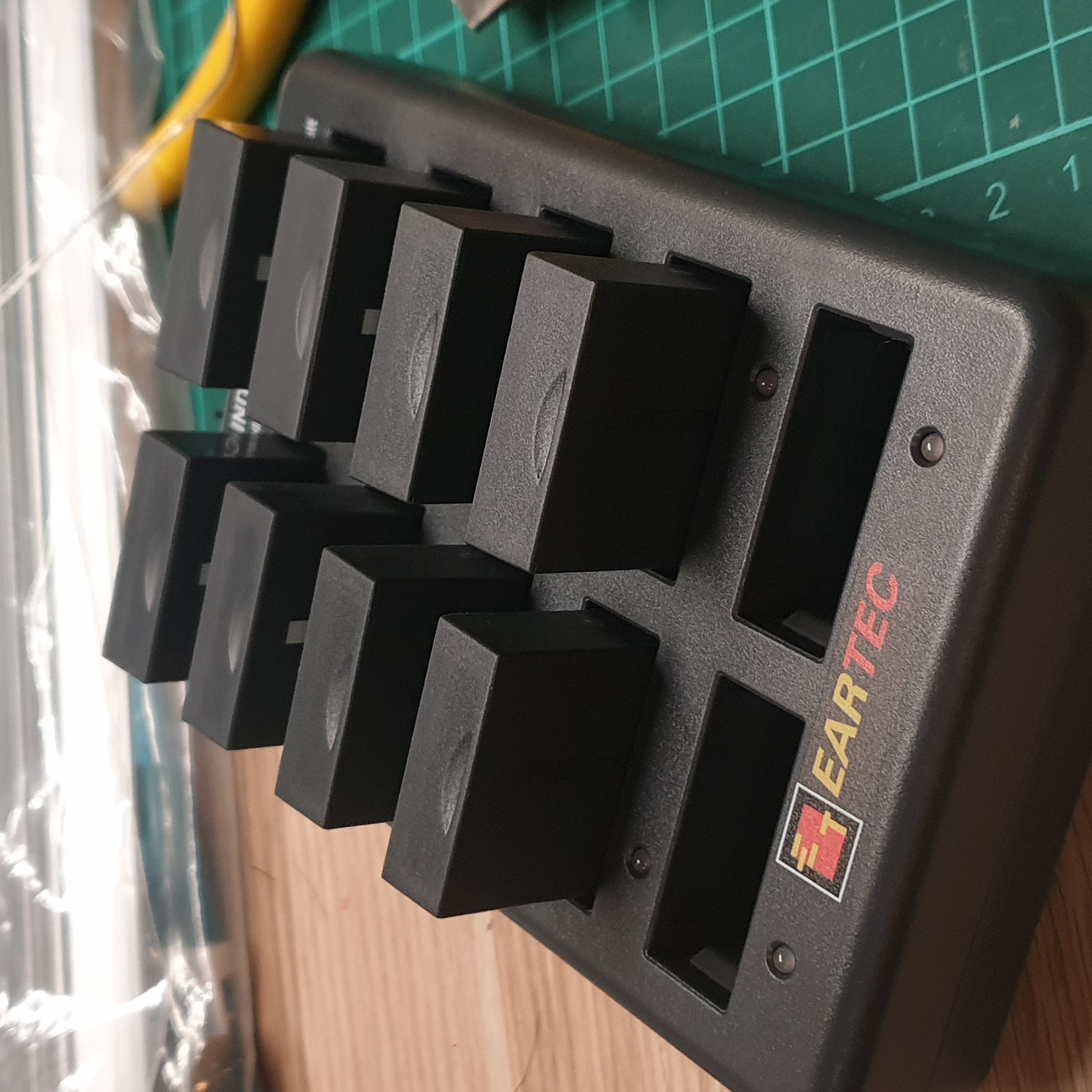
How much power?
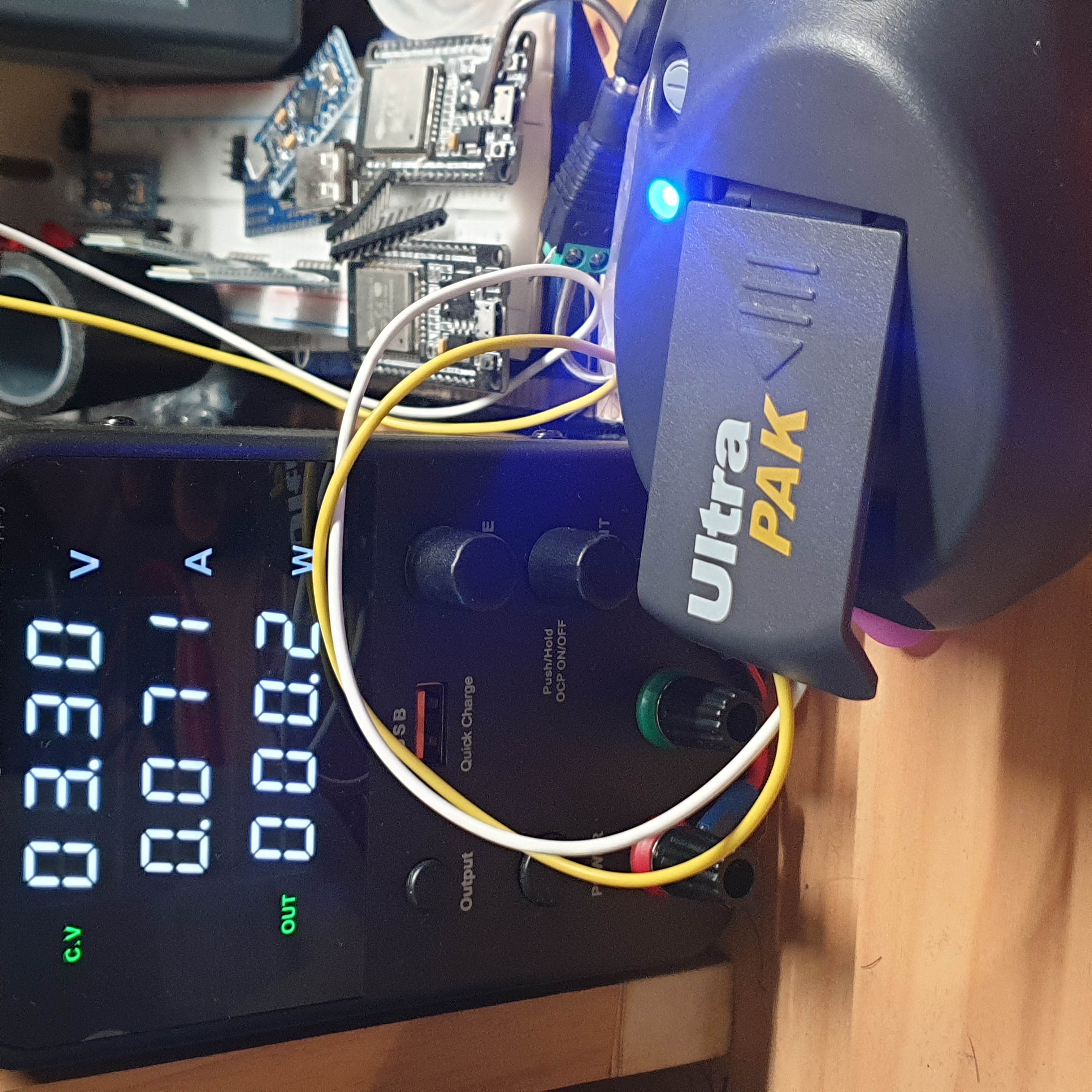
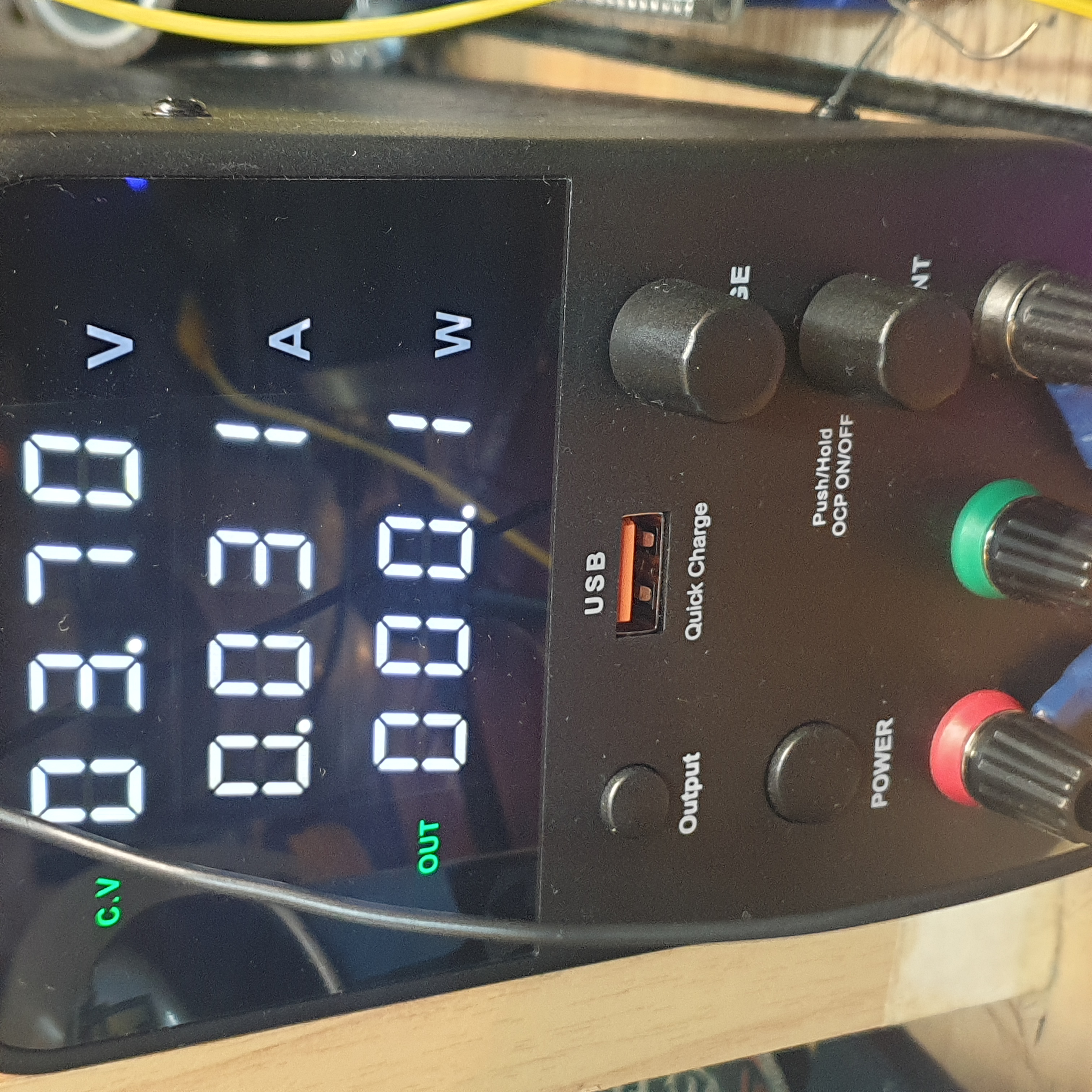
I originally supplied 3.3V to the UltraPAK, thinking that it was a sufficient voltage to power the device. I had originally opted for a 3.3 VDC supply since 3.3V was a common voltage level for electronics (rather than 3.7V); but thankfully I remembered that the device would sound a low battery alarm if the voltage was too low. Upon realising that 3.3V was considered low battery, I opted to find a 3.7V buck converter instead.
By the way, the device draws 115 mA on average!
CaUtIoN
Something something warranty, something something sign can’t stop me because I can’t read™
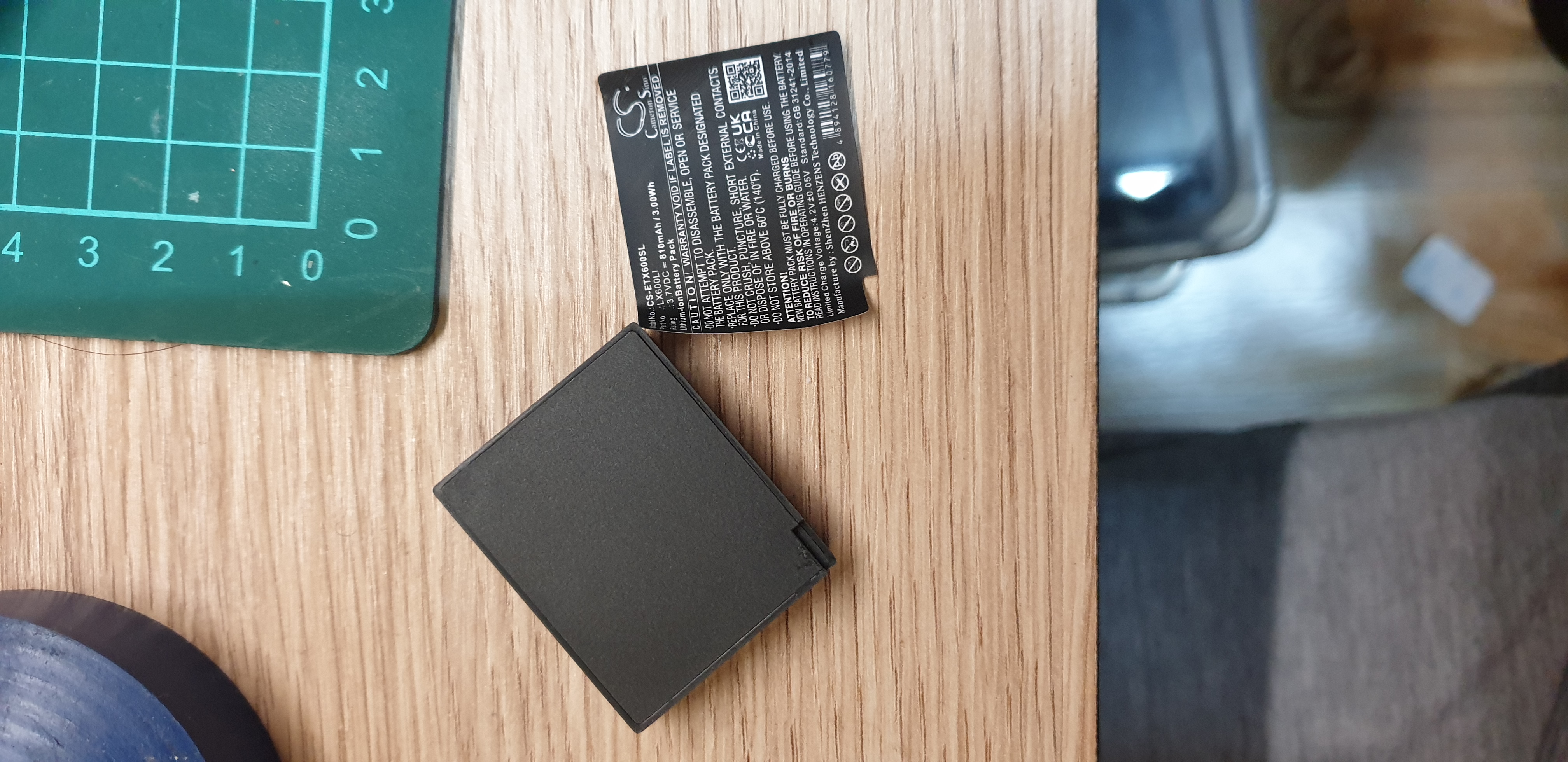
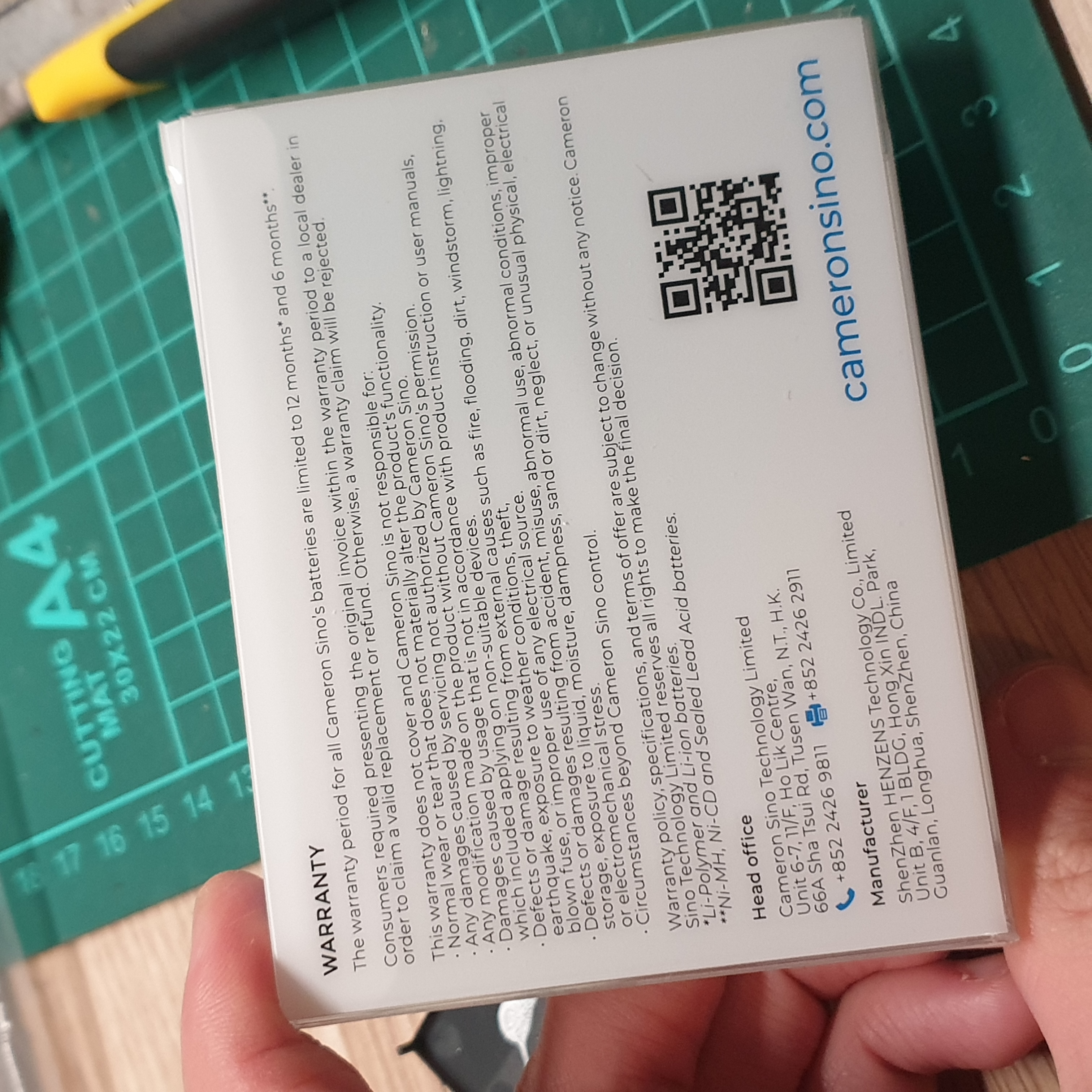
What’s Inside
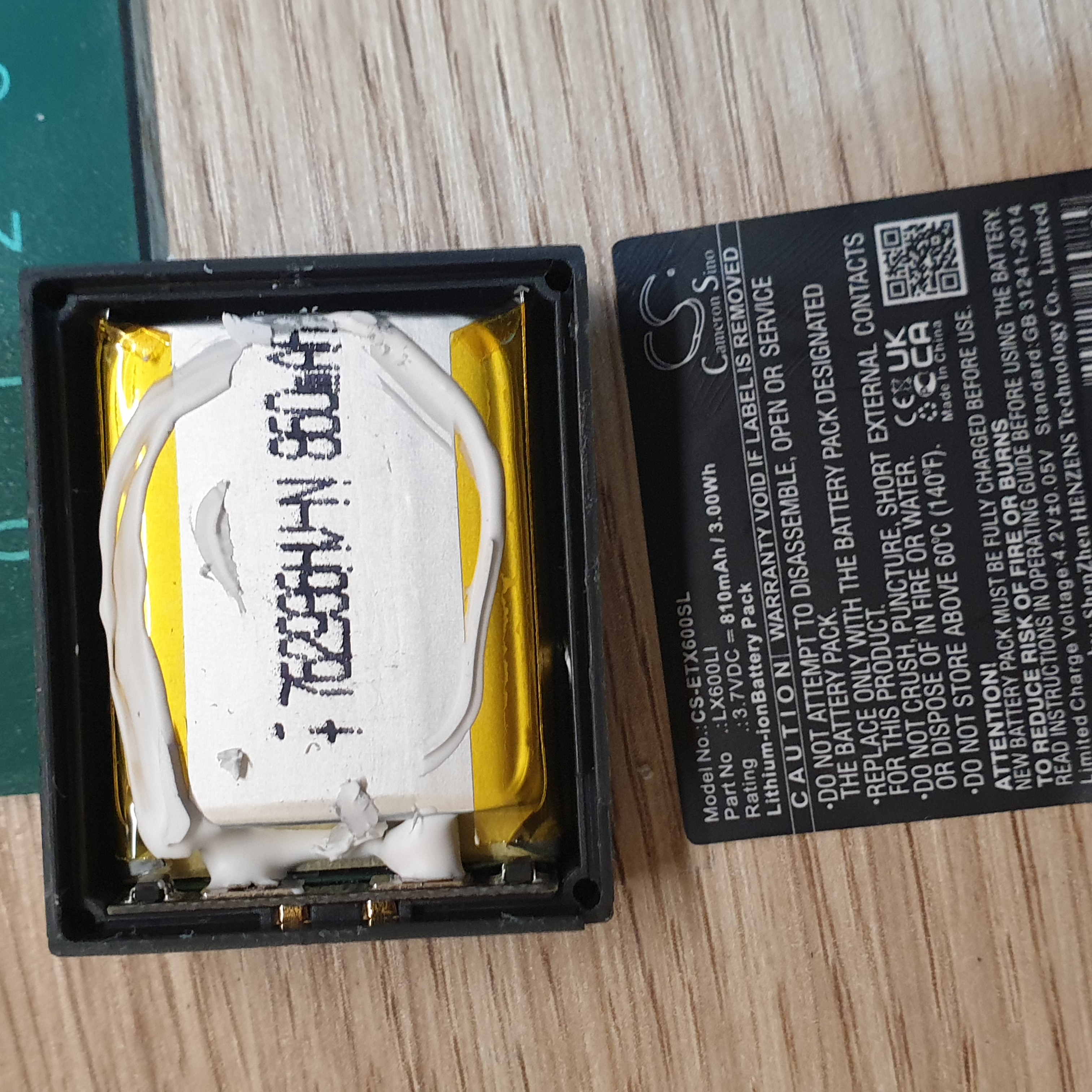
Upon taking off the lid (by slowly prying it apart with a blade), we see an 860 mAh lithium polymer battery (despite the rated capacity being 810 mAh, nice!), and a little PCB.
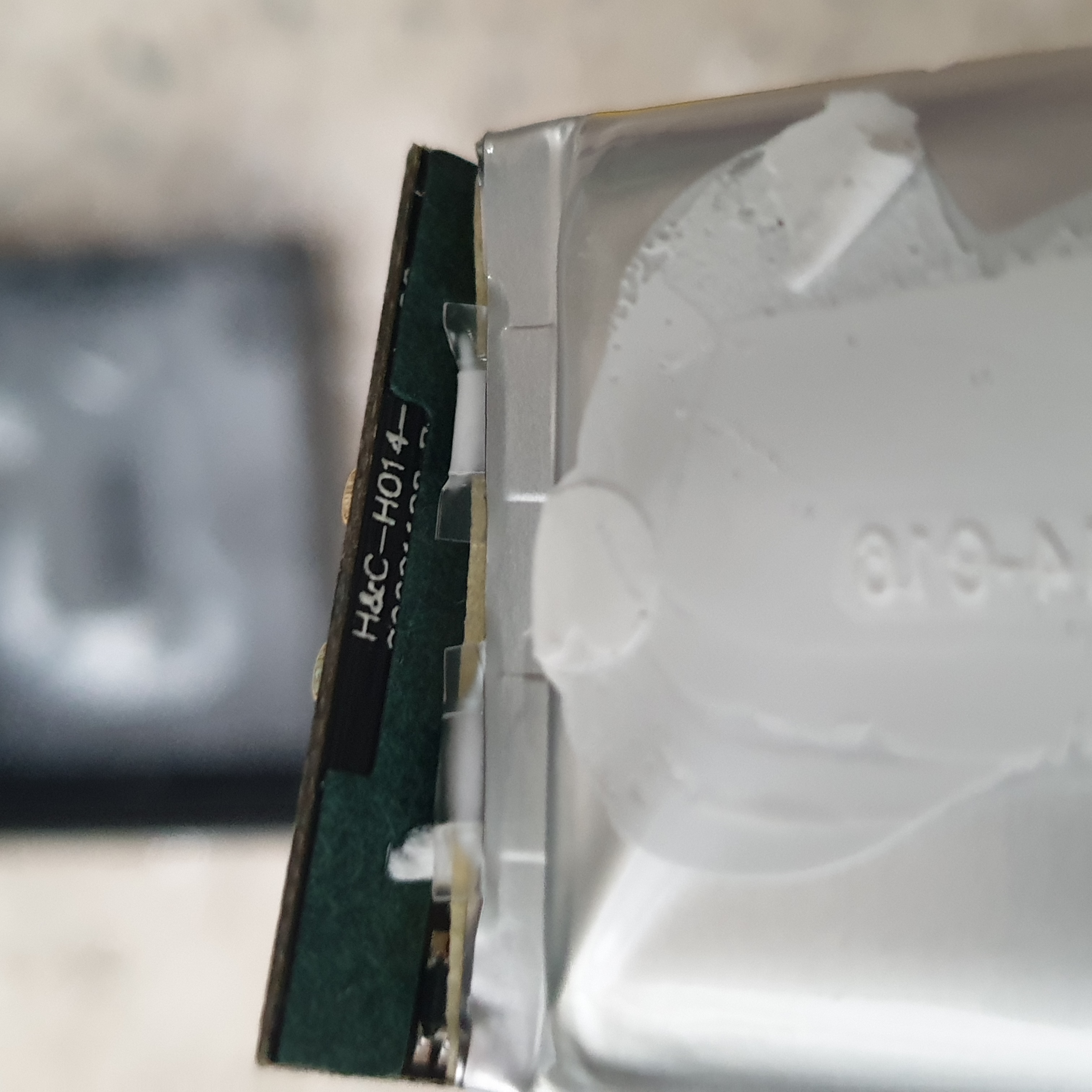
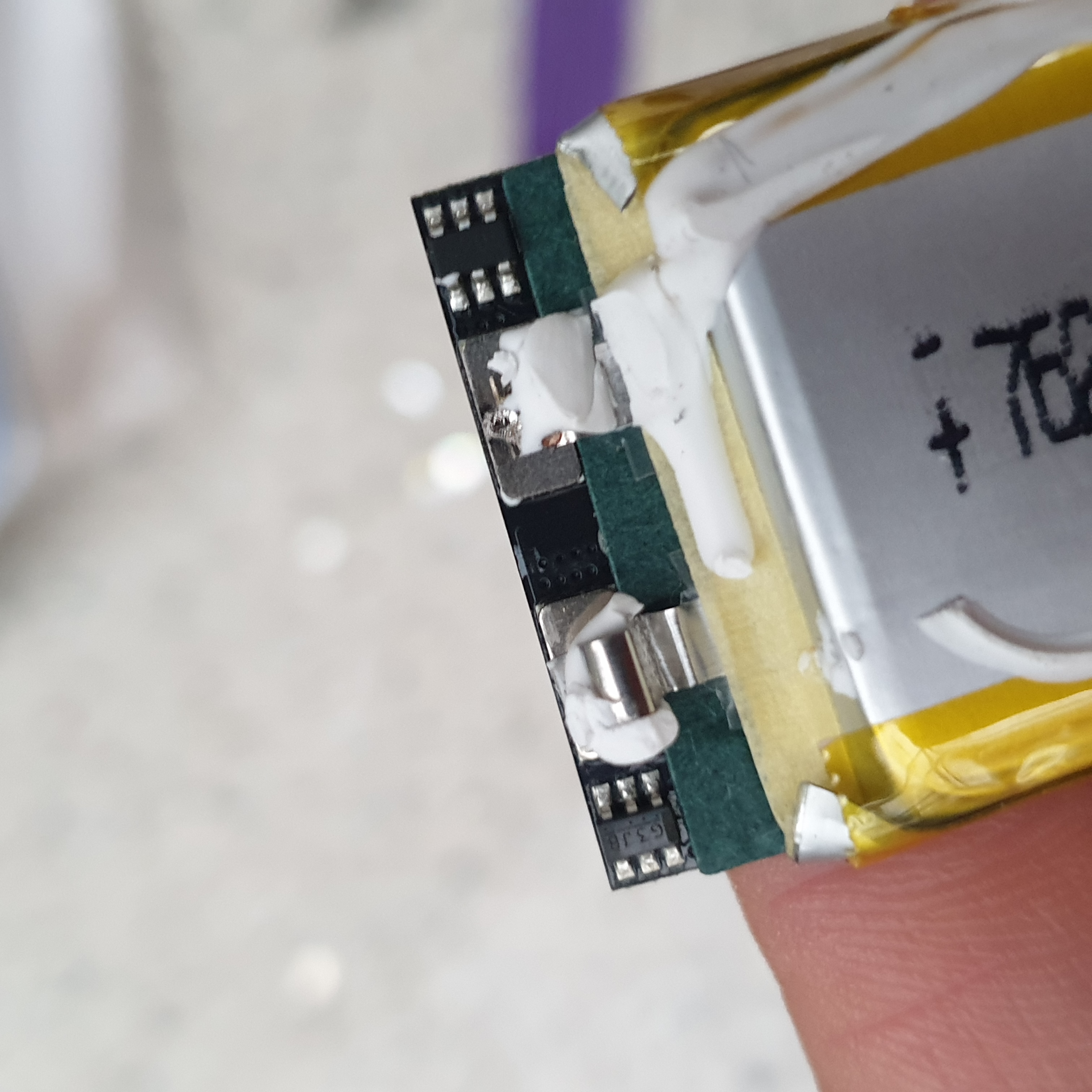
On the PCB, there seems to be a battery protection IC 8205, and a charger IC G3JB.
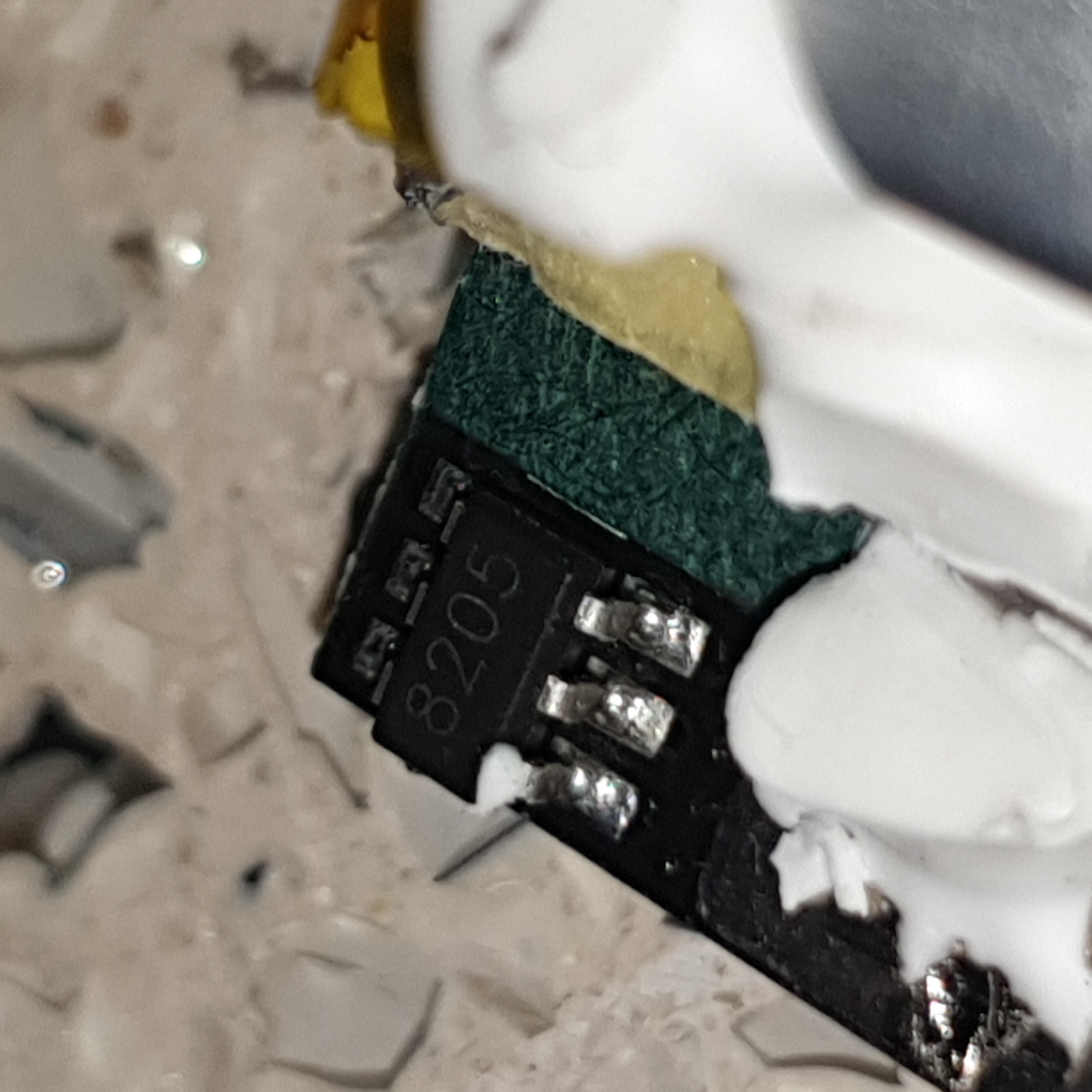
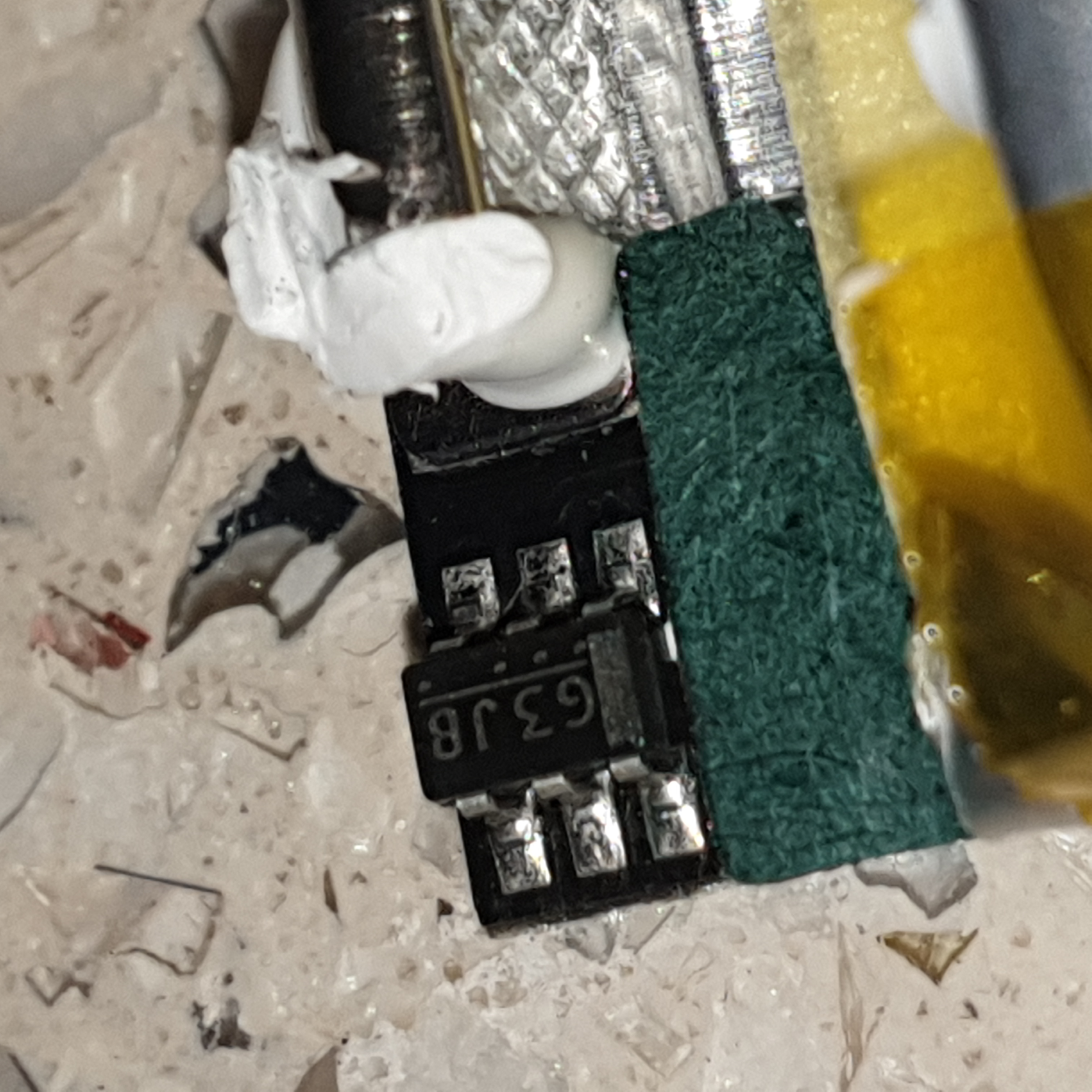
The Battery Mod

In terms of connections, I first removed all of the SMD components and did a trace to figure out how the outer battery terminals connected to the circuit board. Ideally I’d like to attach the buck converter to the battery pads B- and B+.
It turns out that B+ is connected directly to the outer battery + terminal.
Consequently, the outer battery - terminal (bridged to P-) does not connect directly to B-. I decided to add a little jumper wire from P- to B- to rectify that issue

Buck Converter
Waiting for the converter to arrive from AliExpress!
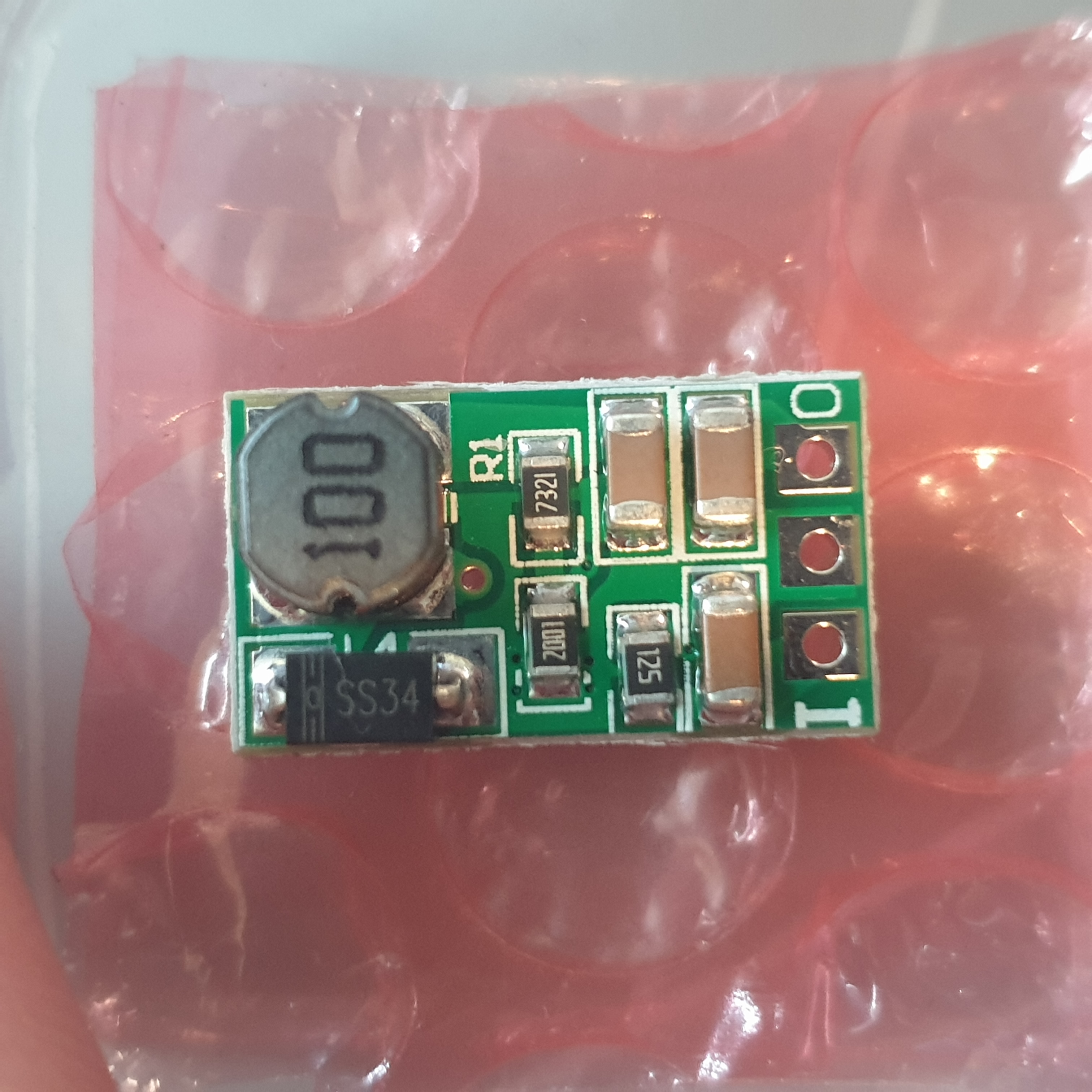
This little buddy (~AU$2) takes a 5-40VDC input and outputs 3.7VDC. The normal LiPo battery has a nominal voltage of 3.7V, but is often found anywhere between 3.2V (depleted) and 4.2V (charged) - so even if this buck converter doesn’t exactly hit the 3.7V, we shouldn’t have run into any issues.

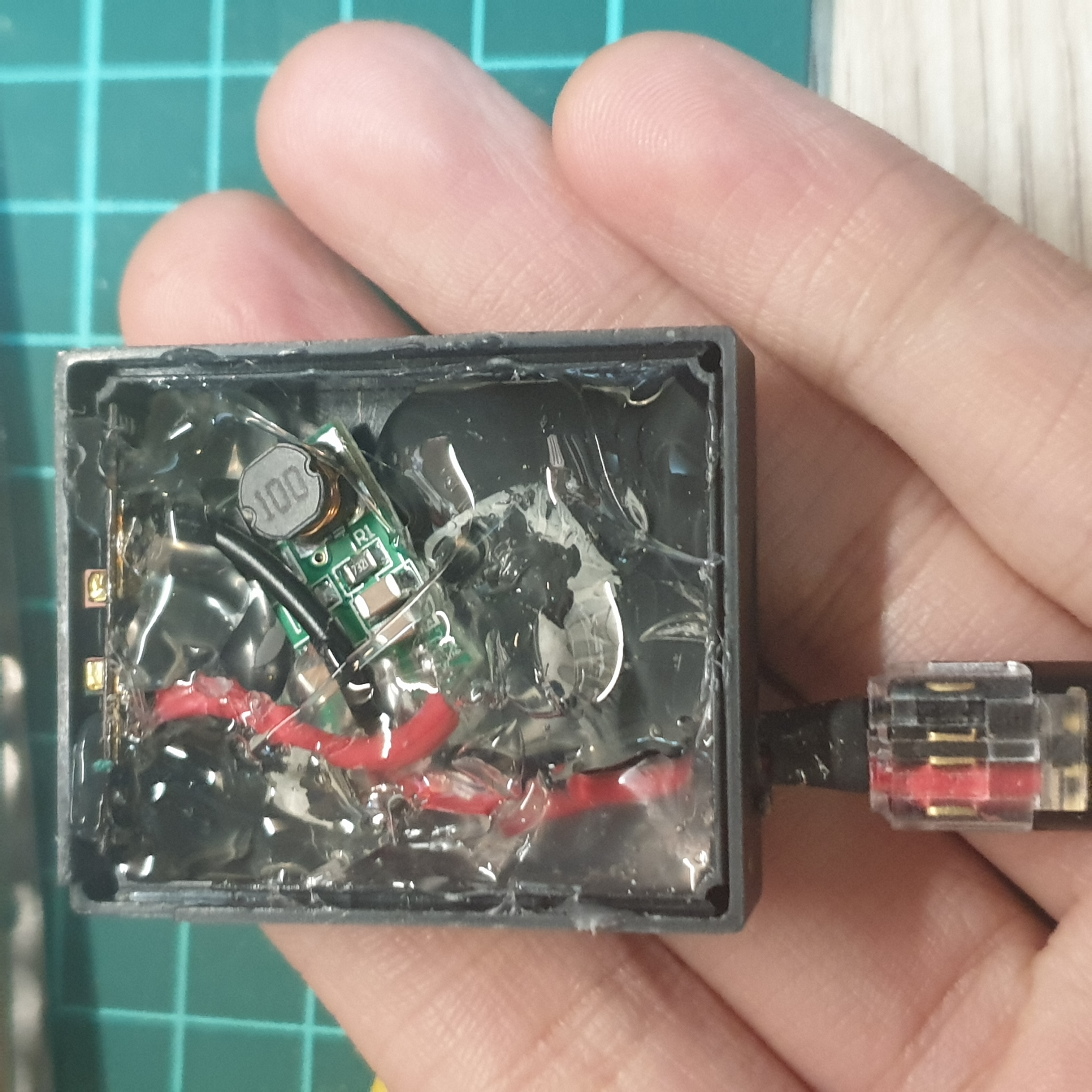
After soldering some wires for power, I added a bit more than a dash of hot glue to fix the wires and components into place.
After putting back on the other half the case, we could give it a power up and test!
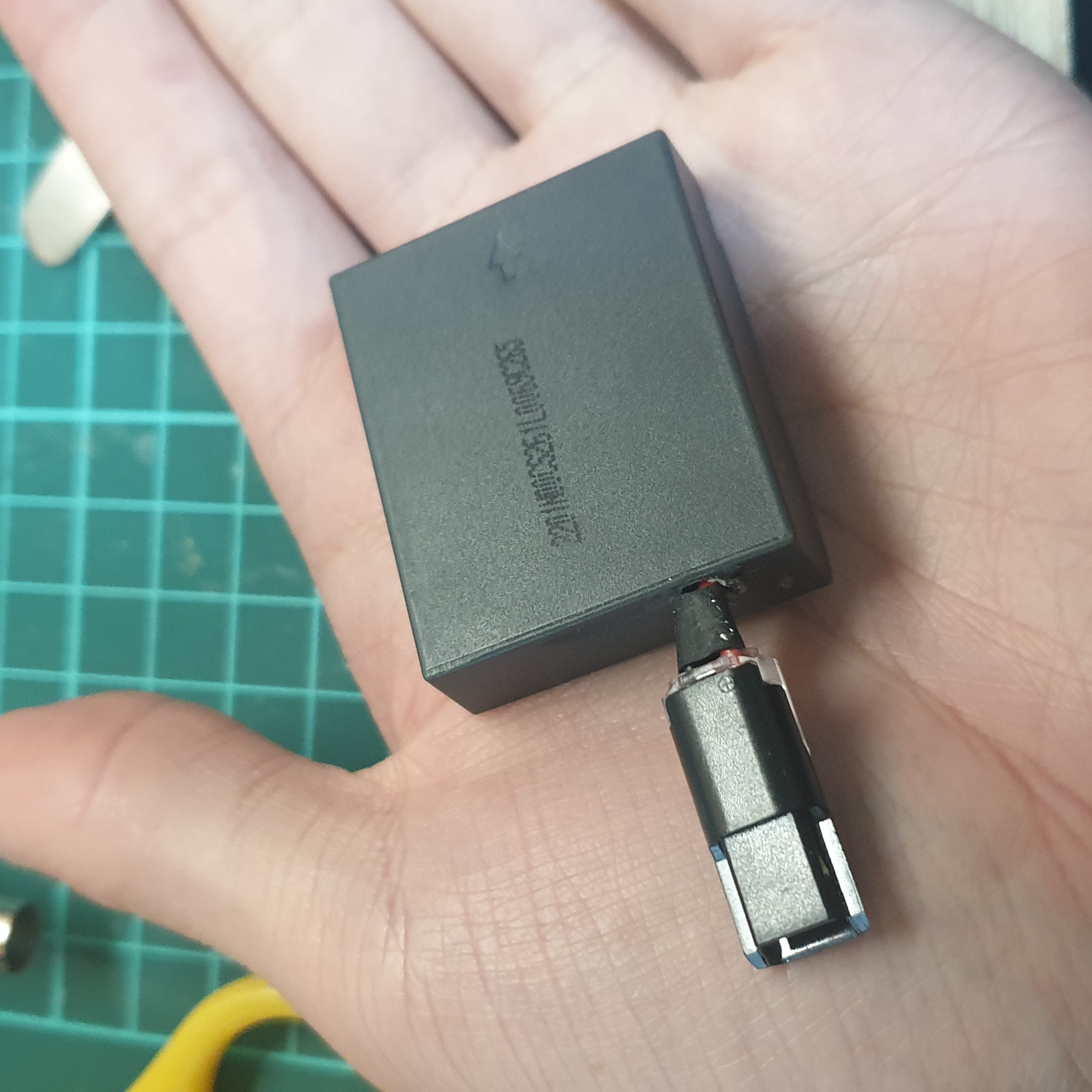
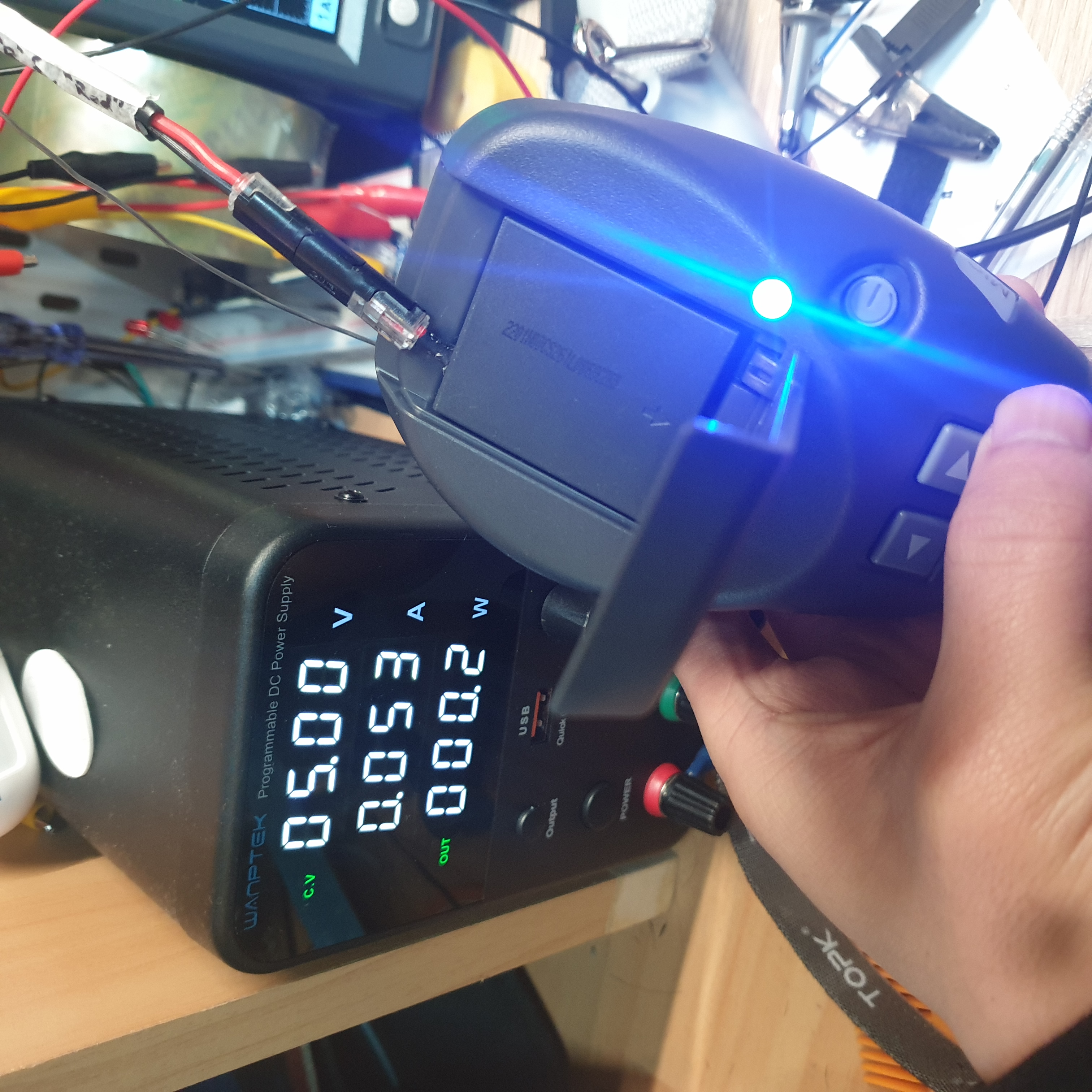
We can now power the UltraPAK through an external DC supply, which would be great for using it as a bridge device!
